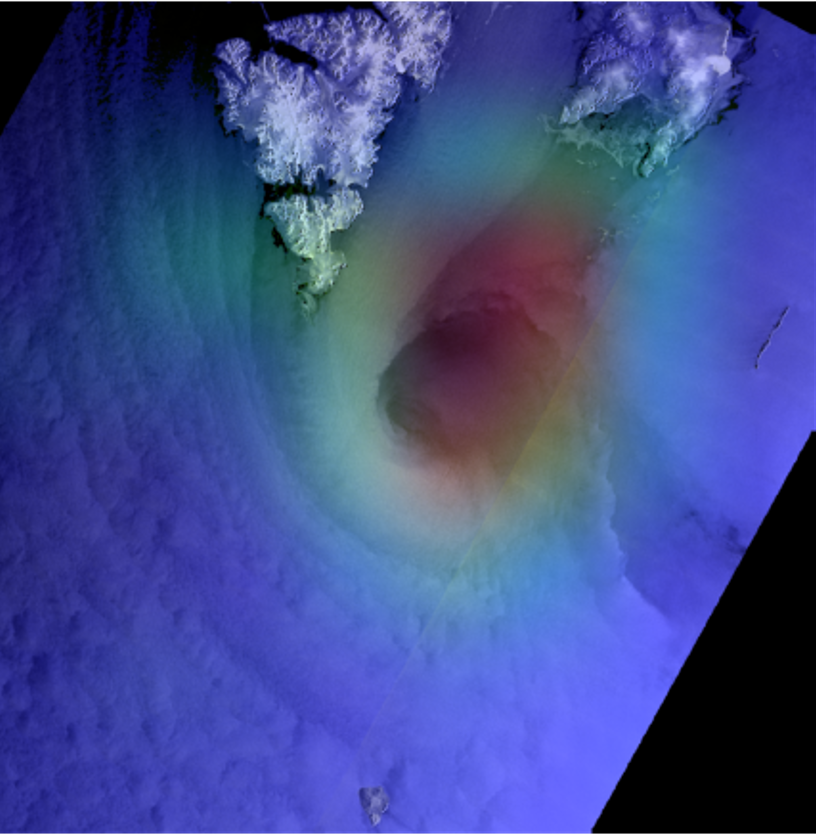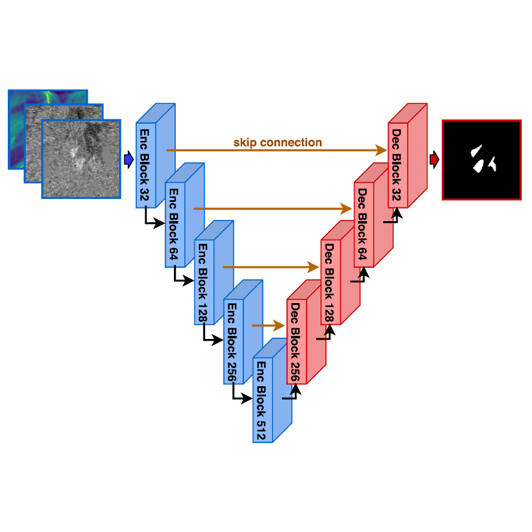Machine learning is a collection of methods that use mathematics, statistics and informatics to teach computers how to discover hidden patterns and relations by analysing big or small datasets. As part of the field of artificial intelligence, machine learning has entered and transformed all fields of society, including how we use drones and satellites to monitor and map the Earth.
In earth observation from drones and satellites, machine learning is used to automize the analysis of images and measurement data. One example of what we do at NORCE is to develop computer programs that detect avalanches in satellite images and predict the risk of new ones from available satellite images – without any need for human interpretation. We also research how machine learning can extract information about polar lows and predict where and when these westbound cyclone systems will hit the Norwegian coast. Another focus area is to extract information about offshore windfarms, where they should be placed, and how they can be managed most efficiently.

